Socializing Kittens: Techniques for Raising Well-Adjusted Cats

The critical socialization window for kittens spans 2 to 9 weeks of age. Proper exposure during this period determines adult temperament—fearful cats often trace back to inadequate early handling. As a certified feline behaviorist with 10 years’ experience, I’ll share structured socialization techniques to ensure your kittens grow into confident, affectionate companions.
1. Understanding the Socialization Window
Between 2–7 weeks, kittens are most receptive to new experiences; positive exposure builds neural pathways associated with curiosity rather than fear.
2. Controlled Human Handling
Daily Handling Sessions: 5–10 minutes per kitten, multiple times daily, including stroking, gentle restraint, and loud noise desensitization.
Varied Caregivers: Introduce kittens to different adults and supervised children to diversify social experiences.
3. Environmental Enrichment
Sound Desensitization: Play recordings of household noises—vacuum, doorbell—at low volume, gradually increasing over days.
Tactile Stimulation: Provide surfaces of varying textures—towels, carpets, plastic—to adapt paw sensitivity.
4. Positive Reinforcement
Treat Rewards: Pair new experiences with high-value food rewards.
Play-Based Learning: Use interactive toys to encourage approach rather than avoidance of stimuli.
5. Introduction to Other Animals
Gradual Exposure: Begin with scent swapping, then allow visual contact through barriers before direct meetings.
Supervised Interactions: Keep initial sessions brief and reward calm behavior to foster positive associations.
6. Handling Fearful Reactions
Avoid Punishment: Forceful restraint exacerbates fear.
Back-Off Technique: If a kitten cowers, reduce stimulus intensity; reward for any signs of curiosity.
7. Ongoing Socialization Beyond Kittenhood
While early socialization is key, gradual introduction to new people, pets, and environments through adulthood maintains confidence.
Conclusion
Strategic, positive socialization during the kitten window sets the foundation for well-adjusted adult cats. By combining varied handling, environmental enrichment, and reward-based training, you’ll raise playful, fearless cats who thrive in any setting.
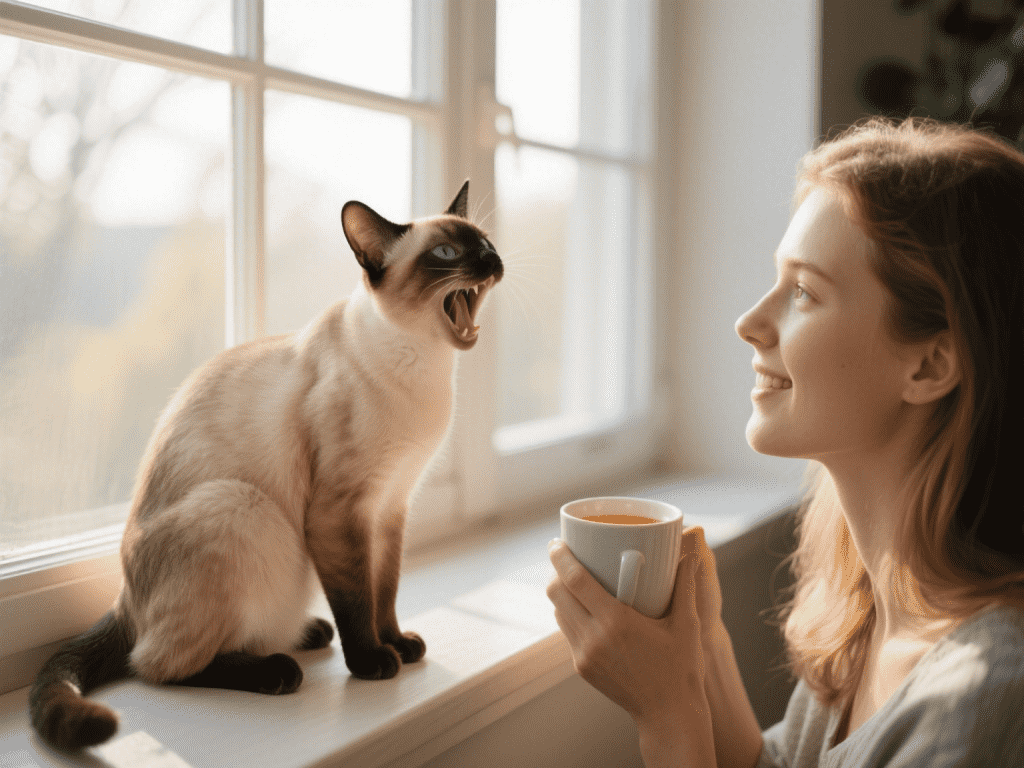

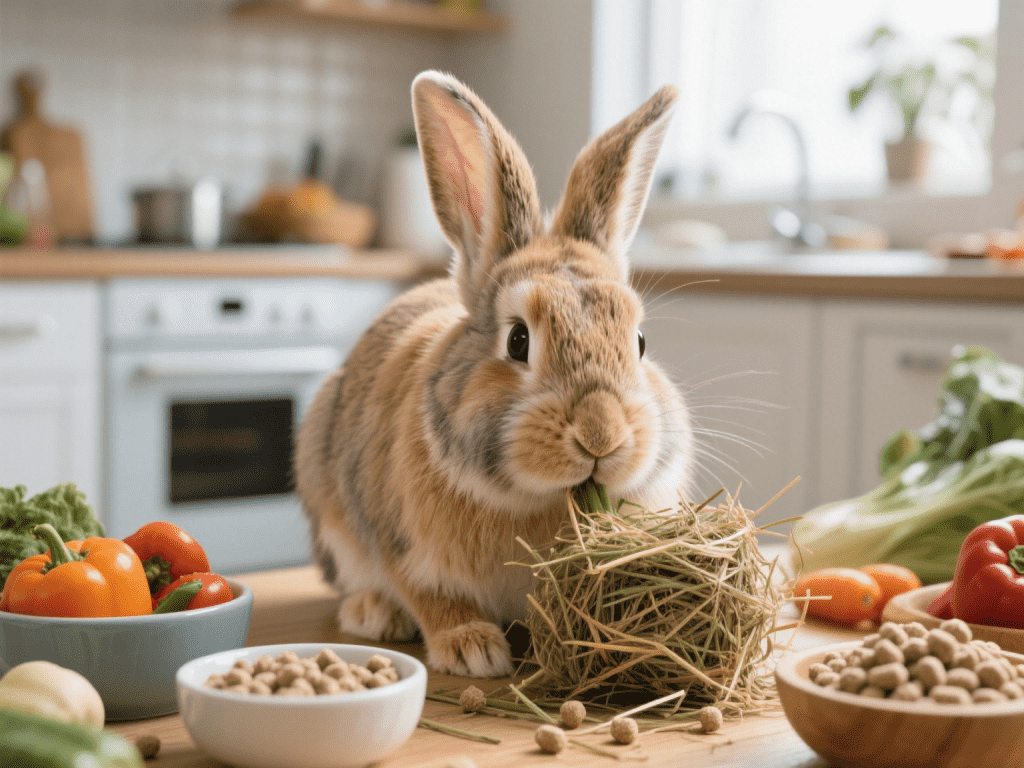
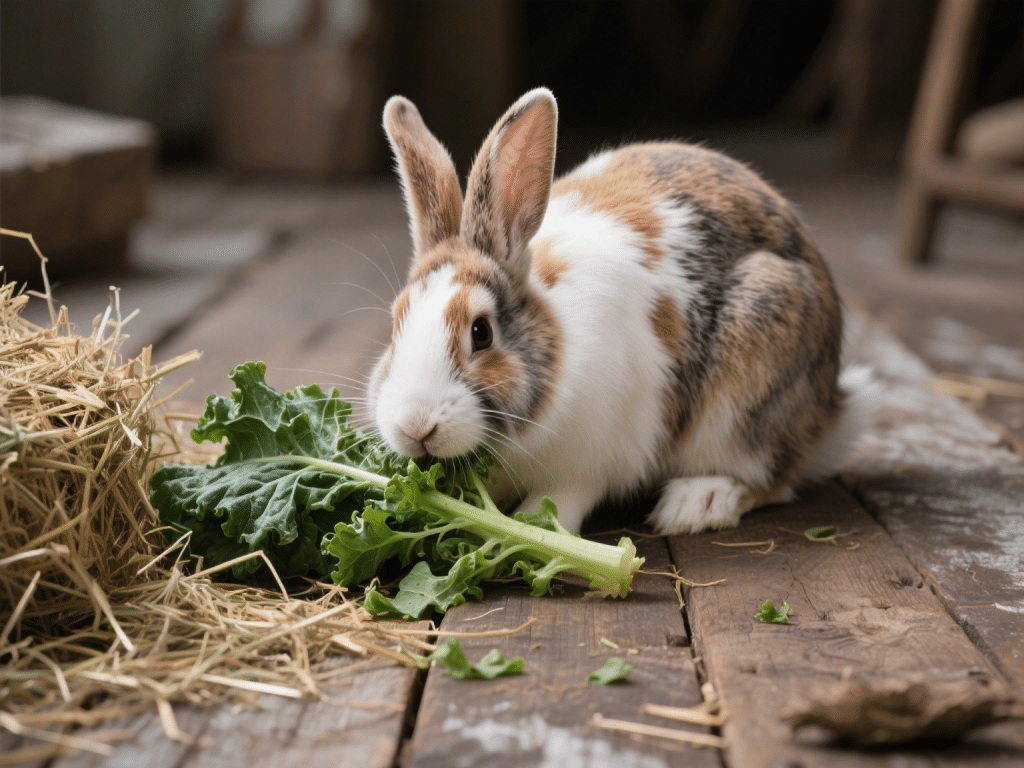

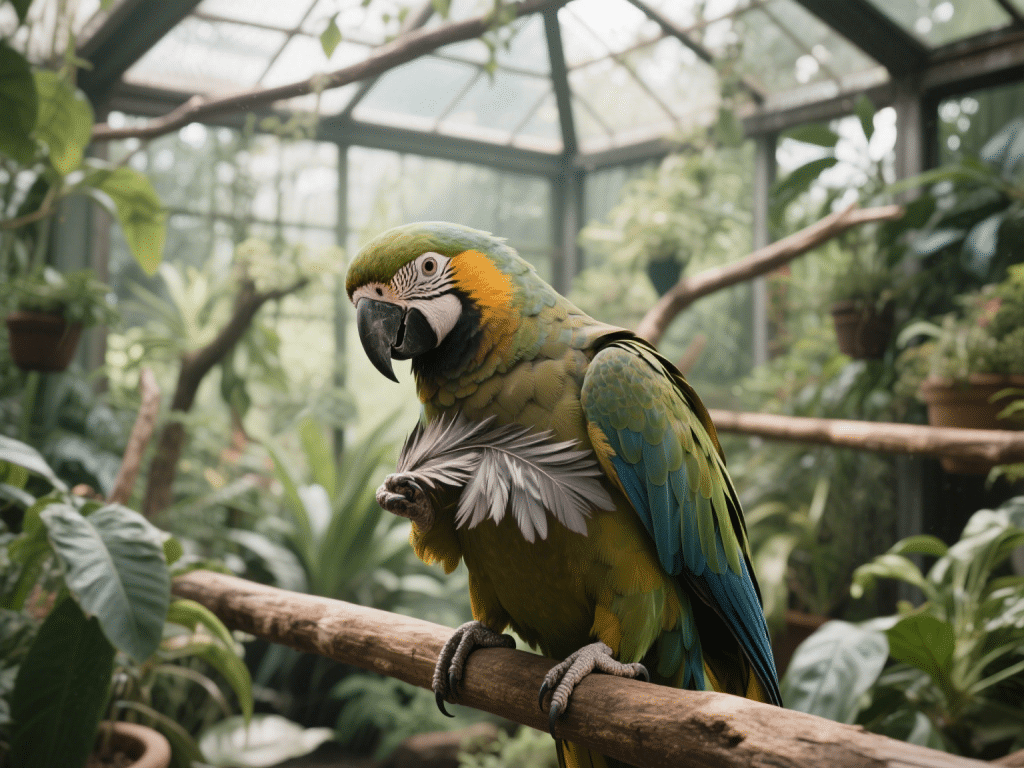
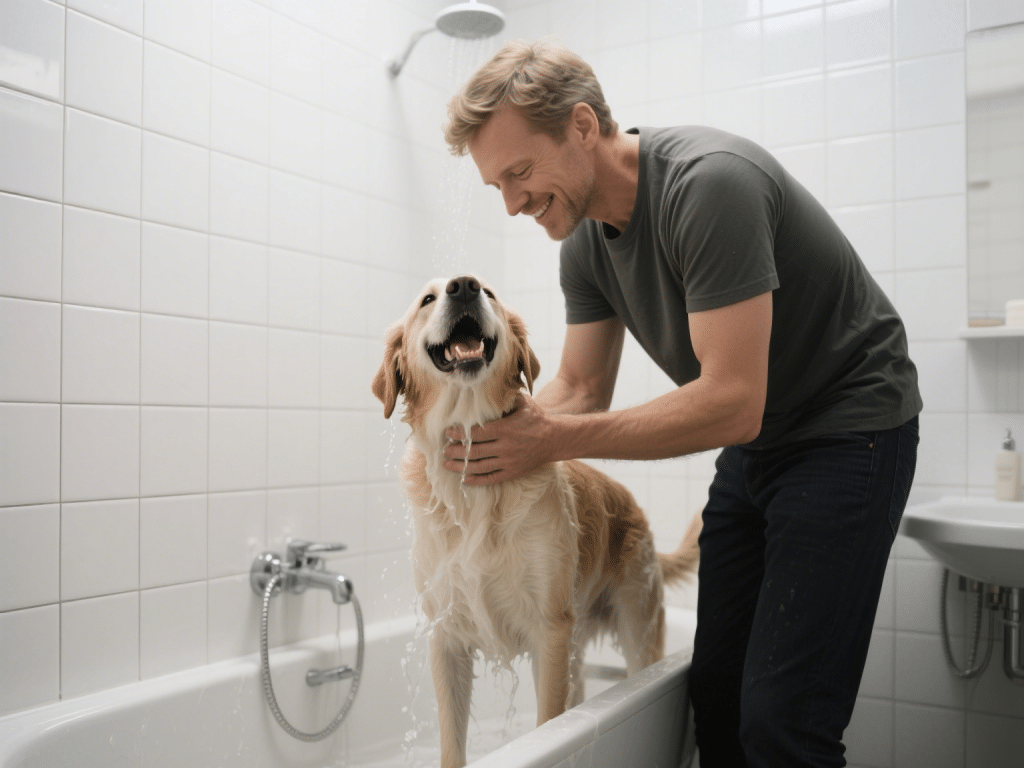


Comments on "Socializing Kittens: Techniques for Raising Well-Adjusted Cats" :